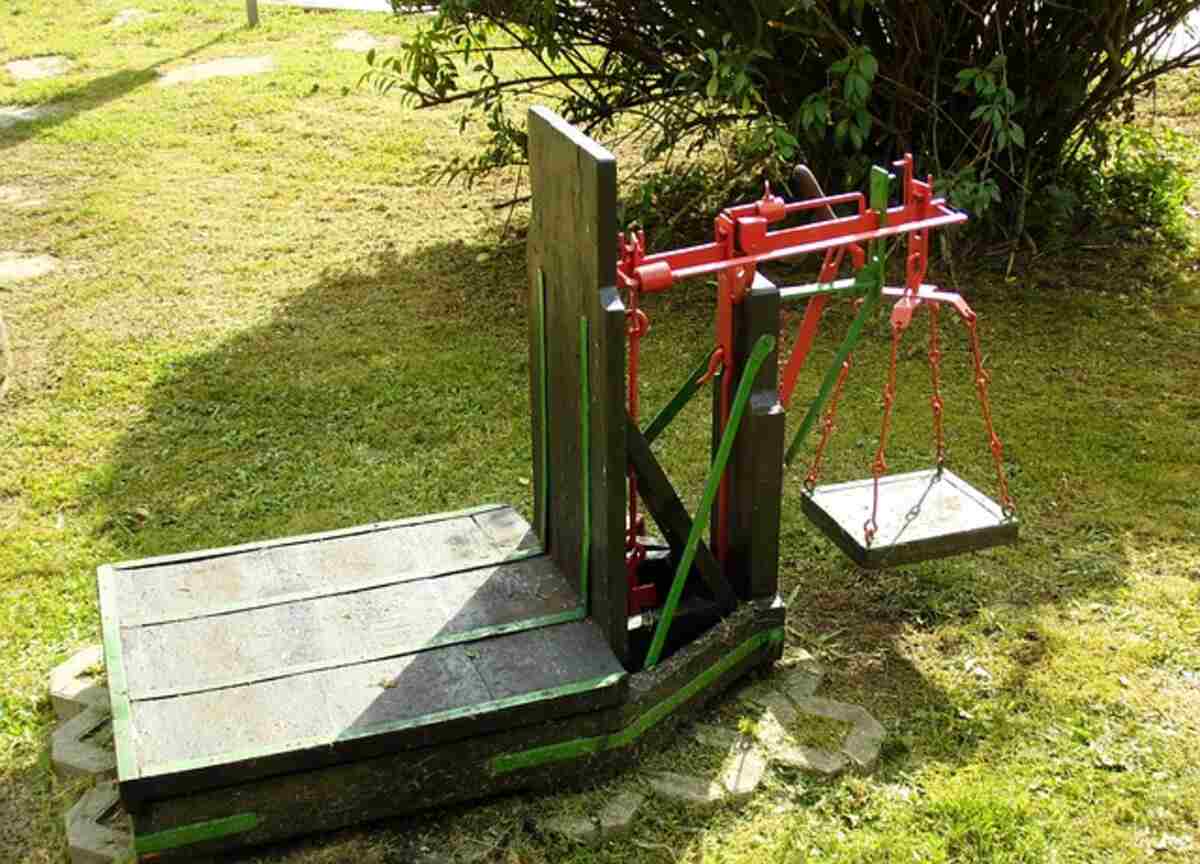Converting fractions to decimals may become necessary if you are working with bits. While this process can be complex and challenging, it’s vitally important that you understand how to do it accurately.
Step one in converting a fraction to decimals is dividing its numerator by its denominator; this number represents its decimal equivalent.
Number of decimal places
When working with rational numbers, converting between fractions and decimals is necessary. This can be accomplished either using a calculator or simple long division. For instance, 1/4 can be converted to decimals by dividing its numerator by its denominator, giving 0.25 as its final decimal form.
It is helpful to refer to its place value chart to determine the number of decimal places present in any decimal. Digits within a decimal are distinguished by their place value, which is determined by how many zeroes come after them – for instance, 7 in 0.46 is in the hundredth place, which means it has a place value equivalent to seven hundredths.
Fractions and decimals represent numbers differently yet are similar in many ways. Both contain a numerator and denominator and can be expressed using powers of 10. Decimal numbers can also be easily compared to fractions, making mathematical calculations much more accessible. Check out Mathcentre or BBC Skillswise online resources to learn more about decimals.
Number of digits
Each digit in a number occupies its position, telling us about its value. For instance, in 124, one digit occupies the one’s place, representing its value of five; furthermore, it contains zero in the tens place and three numbers in the hundreds place, giving this total value as one hundred and twelve tens and four hundredths. Use this resource to introduce students to positional decimals.
To convert a fraction into a decimal, simplify it using either a calculator or a long division. Once simplified, search the table below for it – any repeated digit will be underlined.
Understanding the distinctions between fractions and decimals is crucial since these two ways of representing rational numbers have unique uses both mathematically and practically. Bits can make multiplication easier, express more significant digits in a more compact form than decimals, and be easy to compare and work with. Unfortunately, however, it often becomes necessary to convert between these representations. This article offers detailed examples and step-by-step explanations on how to do just that, with models that include examples dividing numerators by denominators to create decimal numbers that represent any given fractions; for instance, 1/4 can be converted to decimal form by dividing its numerator by 4, producing 0.25 as its decimal equivalent.
Numerator
The numerator and denominator of a fraction are two essential parts that help us understand a whole number. The numerator represents the top portion, while the denominator represents its bottom. A fraction with a smaller numerator may be easier to convert; however, this doesn’t always translate to better understanding. To simplify it further, use a calculator or find an acceptable common denominator.
To convert fractions to decimals, you divide numerators and denominators by the same number – for instance, 1/4 can become 0.25 by dividing its numerator by four. This method can easily be accomplished using either a calculator or a long division method.
Even without a calculator, it is still possible to convert a fraction to decimals by multiplying its numerator and denominator by an equal number. This will yield the number equivalent to your fraction and show how many parts remain – this provides an excellent way to understand how fractions work while helping solve real-world issues!
Use a number line to convert fractions to decimals; this allows you to visualize each bit component and makes comparing numbers easier. When comparing fractions and decimals, try choosing ones without repeating patterns.
Fractions and decimals are two ways of representing rational numbers. Both can be useful in mathematical calculations and everyday situations, but they have some distinct features; most notably, fractions tend to express more significant numbers, while decimals represent smaller ones. Both concepts must be known to fully comprehend and understand their relationships with one another in terms of conversion between them.
Denominator
If you need to find the decimal expansion of a fraction, there are various approaches you can take. One is to divide its denominator by its numerator and convert this number to decimals; you can do this using a calculator or long division. Or use a number line to mark off different parts of the fraction; for instance, if 14 needs to become 0.25, you would divide by 4.
Fractions and decimals are two methods for representing rational numbers mathematically. Although both can be utilized when performing calculations, decimals are more accessible and more precise than fractions in mathematical computations. Sometimes, it becomes necessary to convert between these representations when comparing sizes between parts of an object.
When converting fractions to decimals, you must identify a common denominator that both sides can reach – for instance, 1/4 equals four-quarters of one, and 12 can serve as this denominator. Once found, divide the numerator by the denominator and write down your results.
Once you have the decimal, it can be used to add it to numbers or equations, multiply it by 100 to obtain a percentage, or divide by 1000 to get its equivalent in decimals – an effective and efficient way to make calculations more accessible and more precise.
To convert a fraction to decimals, start by finding its lowest common denominator and then dividing its numerator by its denominator to create decimals from fractions. For instance, if the fraction 14 equals 0.25, simply dividing one by four will give you its decimal form, making reading and understanding it far more straightforward than multiplying numerators by denominators.


Comments are closed.